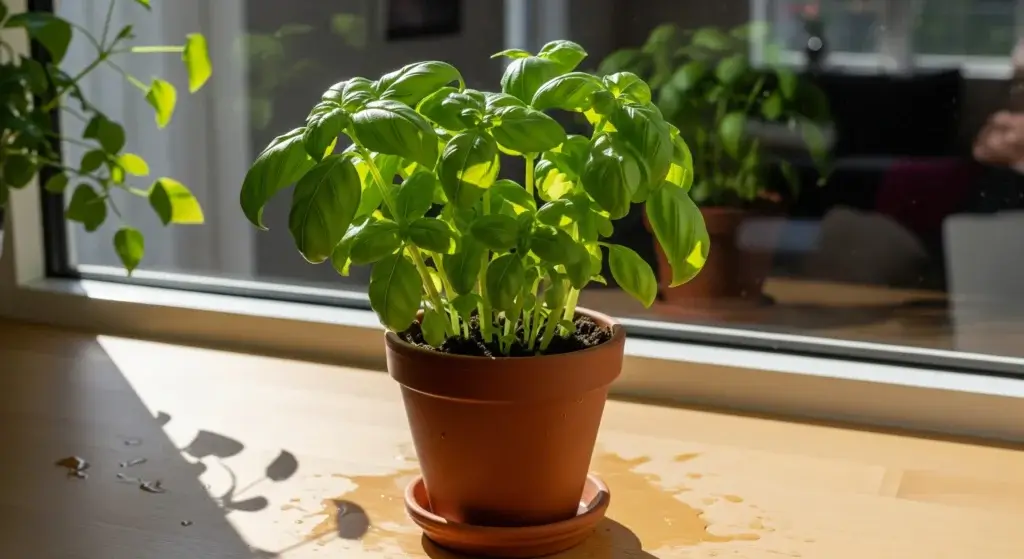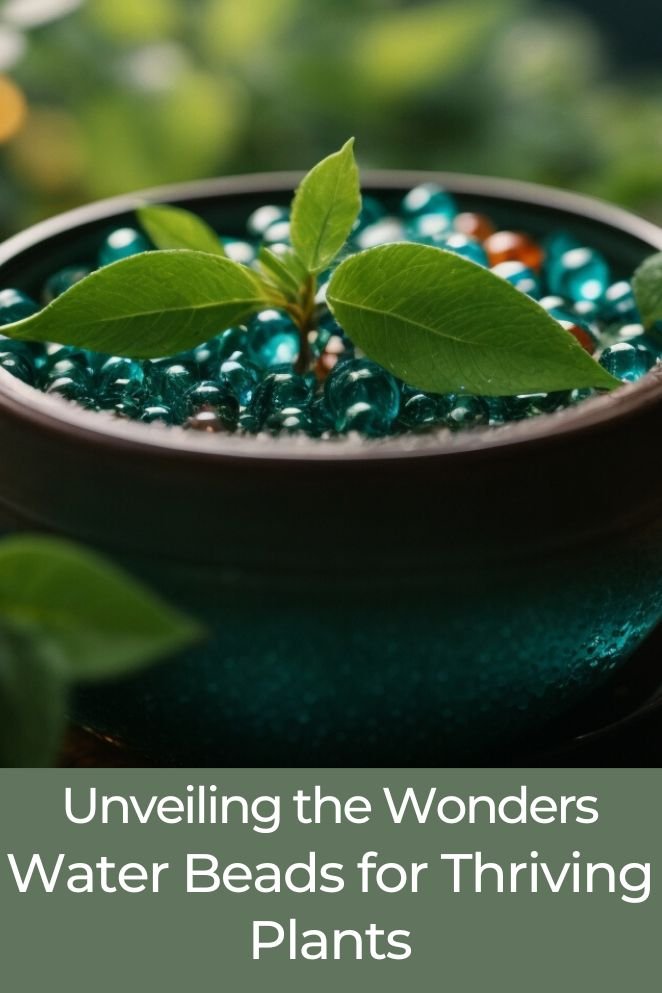
Picture this: a vibrant home filled with lush, thriving plants without a speck of soil in sight.
Sounds intriguing, right?
That’s where water beads come into play, transforming the way we nurture our house plants.
In this article, we’ll delve into the fascinating world of water beads, exploring their uses, benefits, and the ins and outs of incorporating them into your indoor gardening routine.
What are Water Beads?
Water beads, alternatively termed water crystals, gel beads, or hydrogel beads, are diminutive polymer beads renowned for their capacity to expand substantially upon exposure to water.
Crafted from superabsorbent polymers like sodium polyacrylate, these beads possess the remarkable ability to absorb and retain water, undergoing a notable transformation into a gel-like substance.
Water beads are often used for decorative and practical purposes. Some common uses include:
- Decoration: Water beads are popular for floral arrangements, centerpieces, and other decorative displays. When hydrated, they can add color and a unique texture to vases or containers.
- Hydration for plants: Water beads can be used to provide a source of moisture for plants. As they release water slowly, they can help keep the soil moist over an extended period, reducing the frequency of watering.
- Sensory play: Due to their squishy and slippery texture, water beads are sometimes used in sensory play activities for children. They can be a fun and tactile material for exploration.
How to Use Water Beads for House Plants?
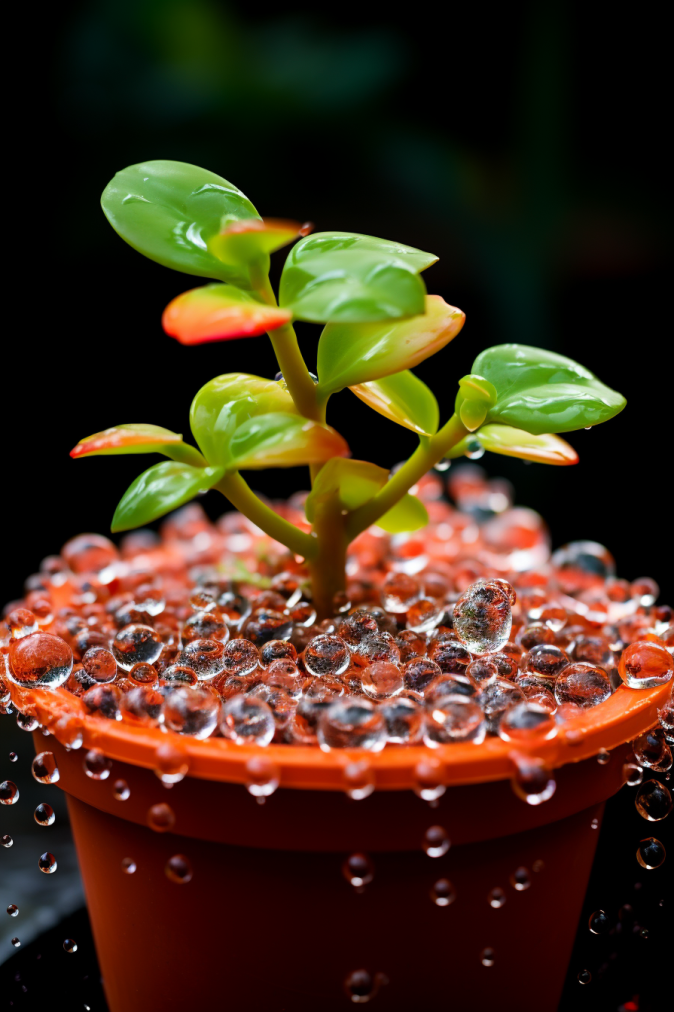
Using water beads for house plants is a simple and effective way to provide consistent moisture to your indoor greenery.
Here’s a step-by-step guide on how to use water beads for your house plants:
- Read also: A Comprehensive Guide on How to Use Soil Conditioner
- Read also: A Guide To The Types of Soil for Gardening
Step 1: Selecting water beads
Choose high-quality water beads made from a superabsorbent polymer like sodium polyacrylate.
These beads are designed to absorb and hold water effectively.
Step 2: Hydrating the water beads
- Place the dry water beads in a container.
- Add clean water to the container, covering the beads completely.
- Allow the beads to absorb water and expand. This process may take a few hours. Stir occasionally to ensure uniform hydration.
Step 3: Checking the hydration
Once the water beads have expanded and become gel-like, drain any excess water. The beads should be plump and translucent.
Step 4: Preparing the plant container
Choose a plant container with drainage holes to prevent waterlogging.
If your existing potted plant is in soil, you can either mix the hydrated water beads with the soil or place them at the base of the pot.
Step 5: Mixing with soil (Optional)
If you choose to mix water beads with soil, use a ratio of about 1:5 (one part water beads to five parts soil).
Adjust the ratio based on your plant’s water needs.
Step 6: Placing water beads at the base
If you prefer not to mix water beads with soil, place the hydrated beads at the base of the pot, forming a layer.
Ensure that the plant’s roots are in contact with the water beads.
Step 7: Inserting new plants
When transplanting or inserting new plants, position them in the pot and arrange the water beads around the roots.
What are The Pros and Cons of Using Water Beads for Plants?
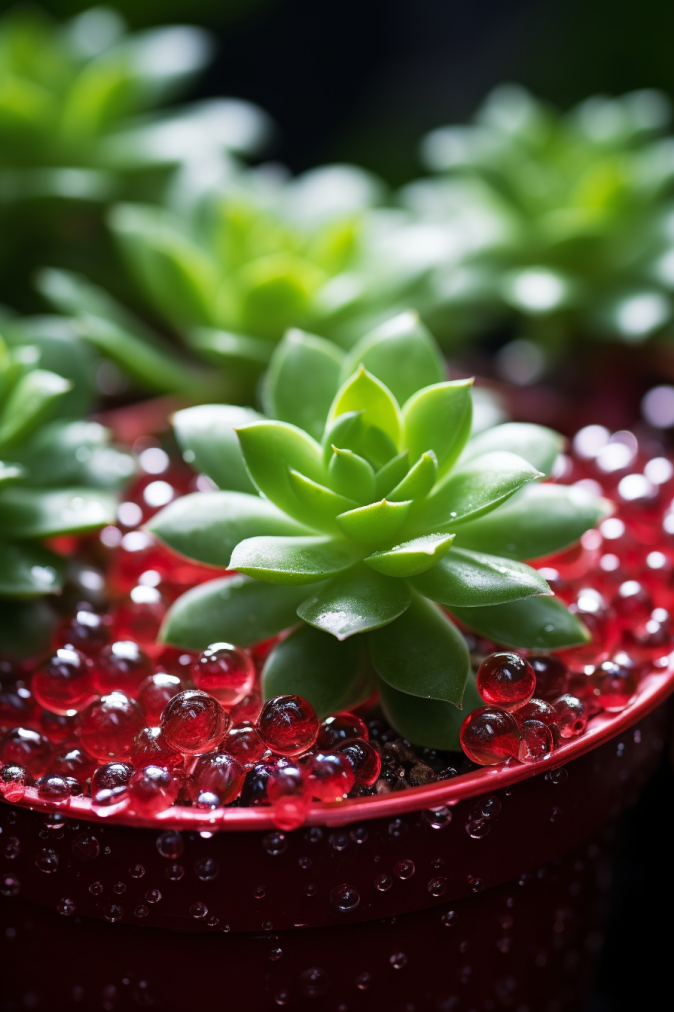
While they can offer certain benefits, there are also potential drawbacks to using water beads for plants.
Here are the pros and cons of using water beads:
Pros
- Improved watering efficiency: One of the main advantages of water beads is their ability to absorb and retain water. They can help to reduce the frequency of watering by releasing moisture slowly over time, providing a consistent water supply to plants.
- Reduced soil erosion: The water-absorbing properties of water beads can help reduce soil erosion by stabilizing the soil structure. This can be advantageous in areas with sloping terrain or where soil erosion is a concern.
- Improved aeration: Water beads can help improve soil aeration by providing space for air pockets between them. This is important for healthy root growth and can prevent root rot.
- Reduced maintenance: Say goodbye to daily watering rituals. Water beads can sustain your plants for an extended period, reducing the frequency of maintenance.
- Drought resistance: For areas with irregular rainfall or during hot summer months, water beads can provide a vital source of water for plants, helping them withstand drought conditions.
- Reusable: In some cases, water beads can be reused by rehydrating them.
- Aesthetically pleasing: The transparent beads add a decorative touch to your planters, enhancing the visual appeal of your indoor space.
Cons
- Overwatering risk: If not used correctly, water beads can contribute to overwatering. If the beads absorb too much water and release it slowly, the plant roots may be deprived of oxygen, leading to root rot or other issues.
- Potential contamination: Water beads may contain chemicals or additives that could be harmful to plants. It’s essential to choose high-quality, non-toxic beads to avoid any negative effects on plant health.
- Environmental impact: The production and disposal of water beads can have environmental implications. Some water beads are not biodegradable and may contribute to plastic waste if not handled properly.
- Limited nutrient supply: While water beads can help with water retention, they do not provide any nutrients to the plants. Plants still require appropriate soil and fertilizer for optimal growth.
- Initial cost: Water beads can be more expensive initially compared to traditional soil. The cost may be a factor for those on a tight budget.
- Learning curve: Beginners might need some time to get accustomed to the watering schedule and the amount of beads required for different plants.
- Not suitable for all plants: Some plants, especially those that prefer drier soil conditions, may not benefit from water beads and could suffer from root rot if used inappropriately.
How long do water beads last for plants?
In general, water beads can offer consistent moisture for plants for approximately 3-6 weeks.
During this period, as the beads release water and shrink, you can extend their lifespan by rehydrating them with additional water.
Some sources suggest that, in optimal conditions, water beads may last up to three months.
The durability of water beads when used for plants hinges on several factors:
Plant water requirements
The longevity of water beads is influenced by the specific water needs of your plants.
Plants with lower water requirements may sustain hydration from the beads for an extended period, often several weeks.
Conversely, plants with higher water needs may deplete the beads more rapidly.
Pot drainage
The drainage capacity of the plant’s pot plays a crucial role.
Well-draining pots facilitate the escape of excess water, preventing the beads from becoming oversaturated and potentially decomposing.
Humidity and temperature
Environmental factors such as humidity and temperature significantly impact water bead longevity.
Higher temperatures and lower humidity levels prompt quicker shrinkage and water release, while cooler and more humid conditions contribute to prolonged bead life.
Watering frequency
The frequency of watering also affects the beads’ lifespan.
Overwatering may expedite shrinkage and degradation, while infrequent watering may leave the beads unused and vulnerable to mold.
It’s essential to monitor both the plants and the beads, adjusting watering practices and pot drainage as necessary. Indications that the beads require rehydration include shrunken appearance, dry soil, or wilting plants.
While water beads can be a valuable tool for maintaining consistent moisture, they should complement, not replace, fundamental plant care practices.
Adequate understanding of your plant’s specific needs and regular monitoring remain essential for overall plant health.
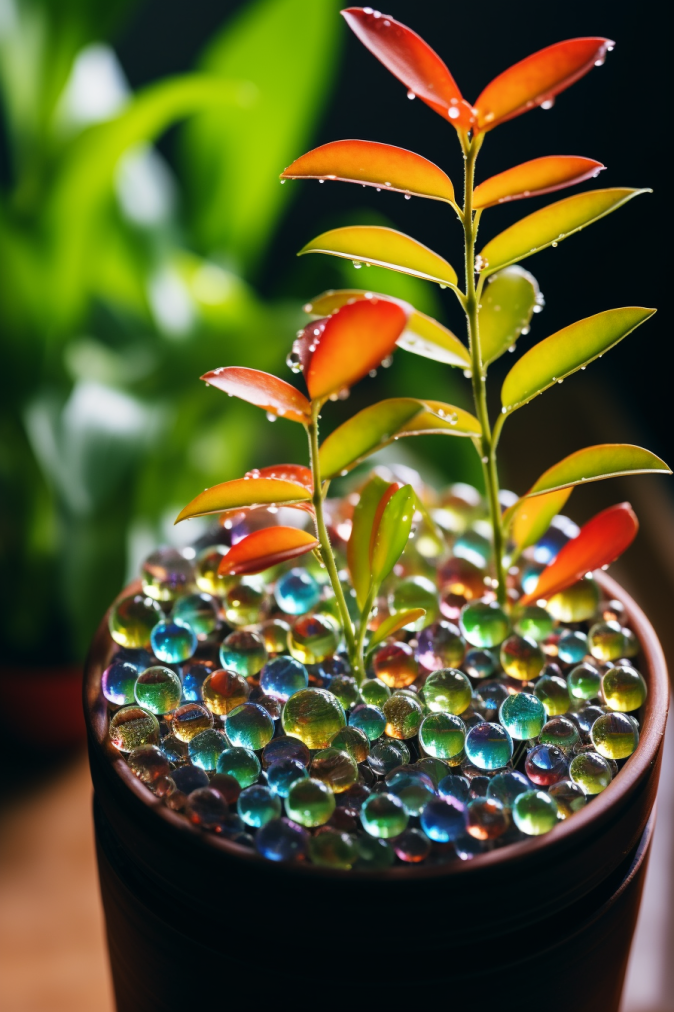
Do water beads keep flowers alive?
Water beads can help extend the freshness of cut flowers for a short period.
When used in floral arrangements, water beads absorb water and release it gradually, providing a water source for the flowers.
This can be beneficial for keeping cut flowers hydrated, especially in situations where the arrangement may be on display for an extended period.
However, it’s important to note that while water beads can contribute to maintaining the appearance and freshness of flowers, they do not provide nutrients.
Cut flowers still lack access to the nutrients they would receive through a plant’s natural vascular system, so their lifespan is limited compared to flowers that are still attached to a growing plant.
If you’re using water beads with cut flowers, consider changing the water in the arrangement regularly to prevent the growth of bacteria or mold, which could adversely affect the flowers.
Additionally, follow any specific care instructions for the types of flowers in your arrangement to maximize their longevity.
- Read also: How to Lower pH in Soil for a Thriving Garden
- Read also: Potting Mix vs. Garden Soil
Conclusion
In the dynamic realm of indoor gardening, water beads have emerged as a transformative solution, providing a functional and aesthetically pleasing substitute for conventional soil.
Embracing this innovative method allows you to establish a sanctuary for your indoor plants, cultivating a healthier and livelier indoor environment.
Frequently Ask Questions
Yes, water beads can be reused. Simply dehydrate them by letting them sit out of water, and then rehydrate when needed.
In general, water beads are safe for most plants. However, it’s essential to monitor the moisture levels and adjust the quantity of beads accordingly.
While water beads are primarily designed for indoor use, they can be employed in outdoor gardening, especially in hanging baskets and containers.



